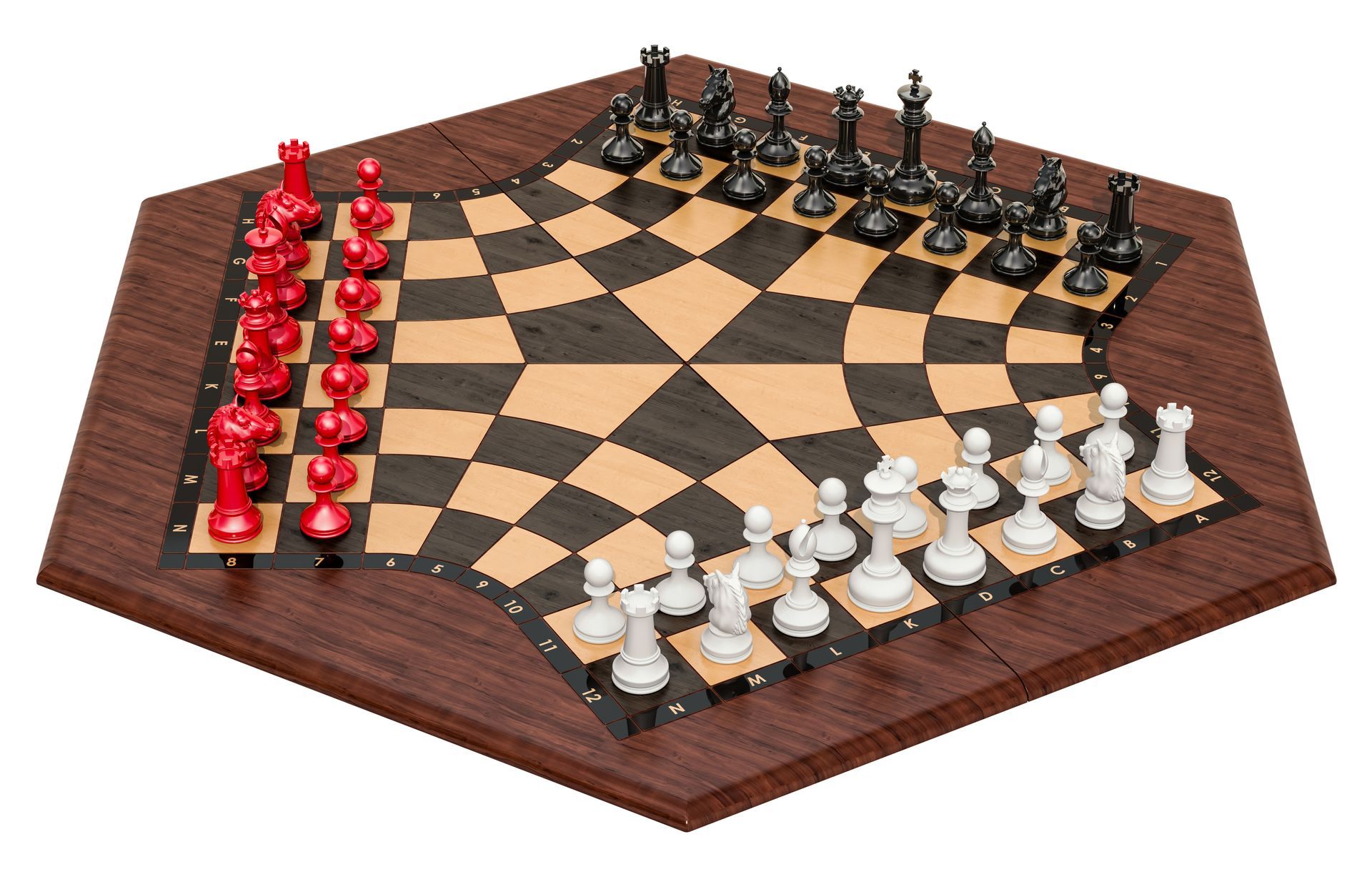Chess Variants
The most well-known chess variants

Chess, a timeless game of strategy and intellect, has captivated players around the world for centuries. Over time, numerous variants of chess have emerged, offering exciting twists and new challenges to enthusiasts. These variants introduce modifications to aspects such as piece placement, movement rules, board structure, and even game objectives. Whether it's the unpredictability of Fischer Random Chess or the strategic complexity of Xiangqi, these chess variants provide fresh experiences and opportunities for players to test their skills and explore the boundaries of the game. In this article, we will delve into a selection of these fascinating chess variants, highlighting their unique features and the thrill they bring to the world of chess.
Variants of Chess with Modifications to Initial Piece Placement
Fischer Random Chess (Chess960): This chess variant, also known as "Chess960," was created by the legendary World Chess Champion Bobby Fischer. It is a popular choice for players seeking greater variety in the initial placement of pieces. The keyword "Chess960" is often used to search for information on this variant.
Capablanca Chess: This variant is named after the renowned Cuban chess player José Raúl Capablanca and is characterized by the addition of two new pieces to the initial setup, the archbishop and the chancellor. The modifications to the piece placement can lead to unique strategies and tactics that require a different understanding of the game.
Variants of Chess with Modified Piece Movement Rules
Shogi: Also known as "Japanese chess," Shogi features a board similar to Western chess but with pieces that can promote once they reach a certain position. The keyword "Shogi" is often searched by chess enthusiasts interested in this unique variant.
Xiangqi (Chinese Chess): This chess variant, popular in China, features pieces with different movements compared to Western chess. It is also known as "Chinese chess" and is appreciated for its strategic complexity. The keyword "Xiangqi" can be used to find information on this variant.
Variants of Chess with Structural Modifications to the Board
3D Chess: This chess variant is played on a three-dimensional board, adding an interesting spatial dimension to the game. The keyword "3D Chess" can be used to discover further information about this innovative variant.
Four-Player Chess: This variant involves four players competing on an elongated square board. The keyword "Four-Player Chess" can be used to search for guides, strategies, and resources related to this team-based variant.
Chess Variants with Unique Game Rules
Antichess (Suicide Chess): This chess variant is played with the goal of losing all your pieces or checkmating yourself. It is a popular choice for players seeking an unusual challenge. The keyword "Antichess" can be used to find information on this particular variant.
Atomic Chess: In this variant, when a piece is captured, it causes an "atomic explosion" that removes all pieces in adjacent squares. It is an exciting variant that requires a completely different strategy compared to traditional chess. The keyword "Atomic Chess" can be used to search for content related to this unique variant.
Variants of Chess with Structural Modifications to the Board and with Modified Piece Movement Rules
Circle Chess: this’s a variant of chess where the traditional square board is replaced with a circular board. The columns are arranged in a circle, and the pieces can move along the edge or towards the center of the circle. This unique configuration creates new movement patterns and requires players to think differently when planning their moves. Circle Chess adds a dynamic twist to the game, offering a fresh and engaging experience for chess enthusiasts.
A-Chess: This chess variant is characterized by the absence of the traditional black and white squares on the chessboard. In other words, the space is not divided into squares, but all positions on the "chessboard" are allowed. Obviously also the moves of the pieces are modified although they derive from the traditional moves. In this way, the game tree of moves becomes innumerably larger so, the strategy become more important than the tactic. The philosophy of the game is based on the rules of traditionally chess with some simplification but without squares. In other words, we pass from a digitalization of space (chessboard) to a continuous space.


